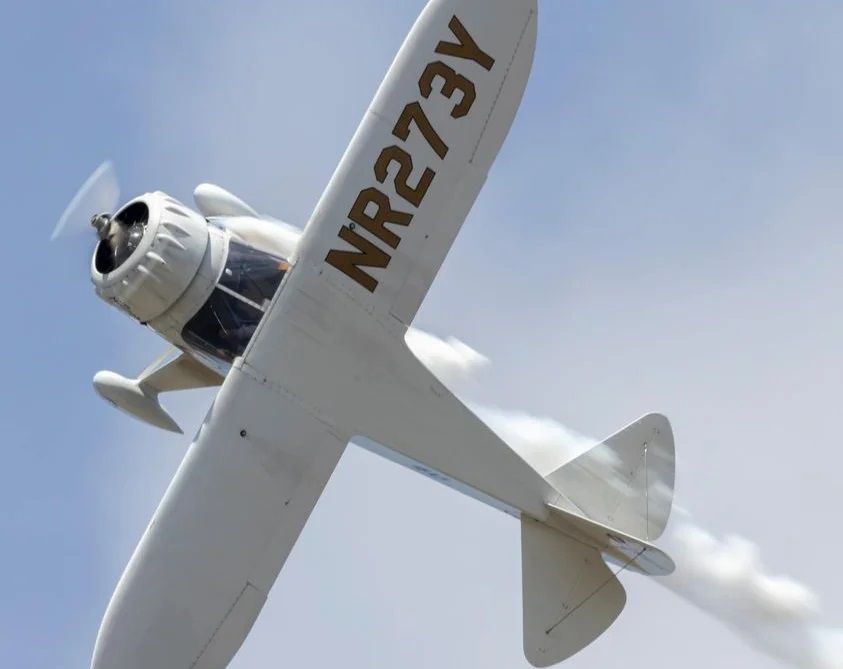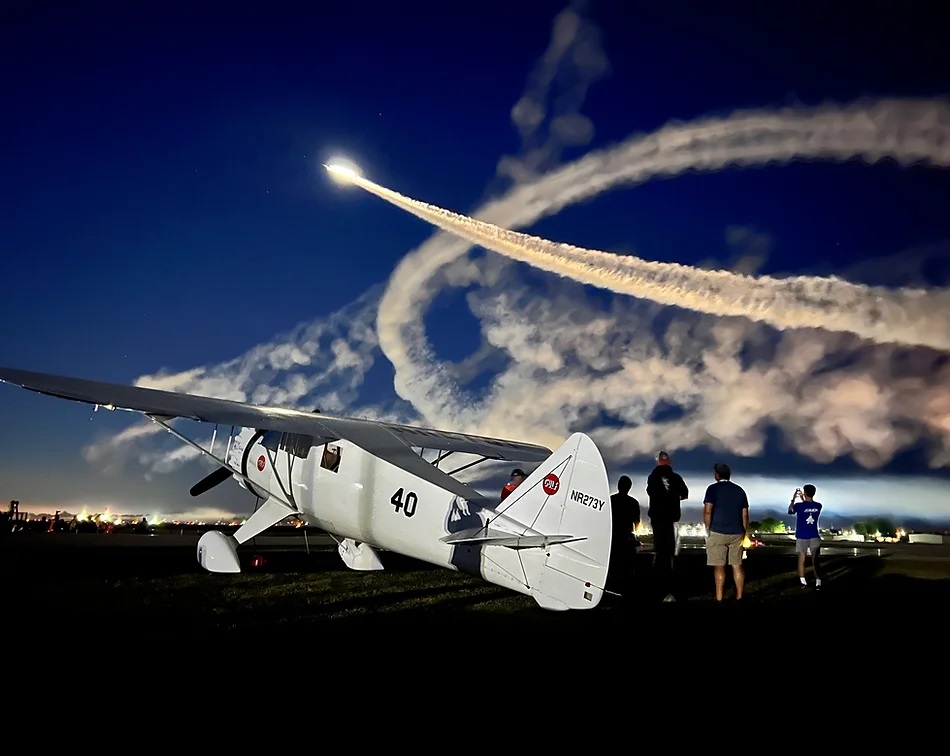Aviation's Golden Age Epitomized by "Mr. Mulligan"
In the annals of aviation history, the Golden Age stands out as a period of rapid innovation, daring feats, and a public enamored with the romance of flight. It was an era that saw the likes of Charles Lindbergh capture the world's imagination with his solo transatlantic flight to Paris. Commercial aircraft, with their three engines, hummed through the skies at a leisurely pace of 90 miles per hour, while military planes pushed the envelope, inching toward the 200-mph mark.

Air racing emerged as the heart of this age, drawing crowds that rivaled today's NASCAR events. The National Air Races in Cleveland were a spectacle, attracting over 80,000 spectators, with countless more huddled around radios, hanging on every twist and turn of the aerial ballet. These races were more than mere entertainment; they were the crucibles of technological advancement. Competitors returned year after year with aircraft that were refined iterations of their predecessors, showcasing the fruits of entrepreneurial spirit and innovation. This relentless pursuit of speed and efficiency played a pivotal role in propelling the aviation industry forward, influencing both commercial air travel and the development of military aircraft.
Benny Howard, a high school dropout from Texas, started his career at the Curtiss Aircraft plant in Dallas at 19, Howard's innate talent for aeronautical engineering soon became apparent. He crafted a series of successful racing aircraft, each one financing the next. His creations, "Pete," "Mike," and "Ike," were marvels of their time, with "Pete" astonishing everyone by clinching first place in five races at the 1930 National Air Races, powered by a mere 90 hp Wright Gypsy engine.

However, it was the Howard DGA6, famously known as "Mister Mulligan," that etched Howard's name in the annals of aviation history. Envisioned as a four-seater capable of long-distance flights, "Mister Mulligan" was a departure from the typical single-seat racers of the time. Despite a rocky start, with a forced landing due to hypoxia on its way to the 1934 Bendix race, "Mister Mulligan" triumphed in the 1935 Bendix race, flying cross-country with just one fuel stop and beating Roscoe Turner by a mere 23 seconds. Its victory in the Thompson Trophy race the same year, piloted by Harold Neumann, made it the first aircraft to win both the Bendix and Thompson Trophies in the same year.
The original "Mister Mulligan" met its end in a crash en route to the 1936 Bendix Race. However, its legacy lives on in the form of an exact replica built by Jim and Bob Younkin, renowned aircraft builders from Arkansas. Using photographs and drawings, they recreated the aircraft, ensuring its authenticity. The replica, flown by Neumann, was reported to handle just like the original, cementing its place in the pantheon of legendary aircraft alongside the Wright Flyer, the "Spirit of St. Louis," the Gee Bee, and "Winnie Mae."
Today, "Mister Mulligan" continues to captivate audiences at airshows, and will do so this year at Sun n' Fun 2024 with Doug Rozendaal at the controls. The performance, marked by a mock race, victory roll, and aerobatic display, is a testament to the enduring allure of the Golden Age of Aviation.
FMI: https://www.mistermulliganairshows.com/



























